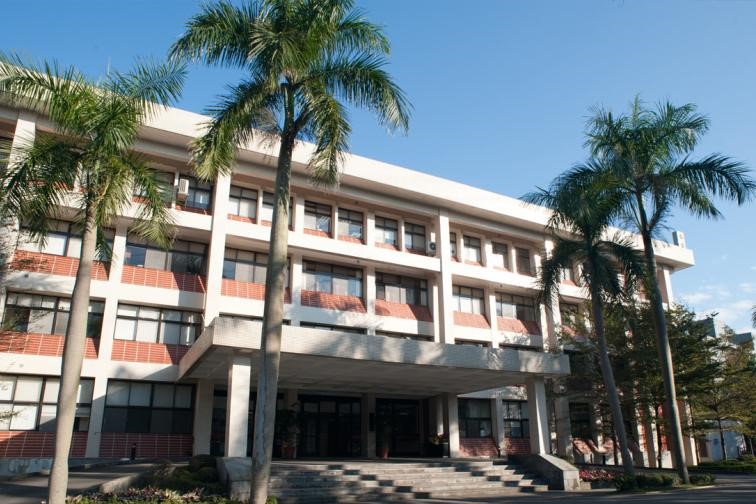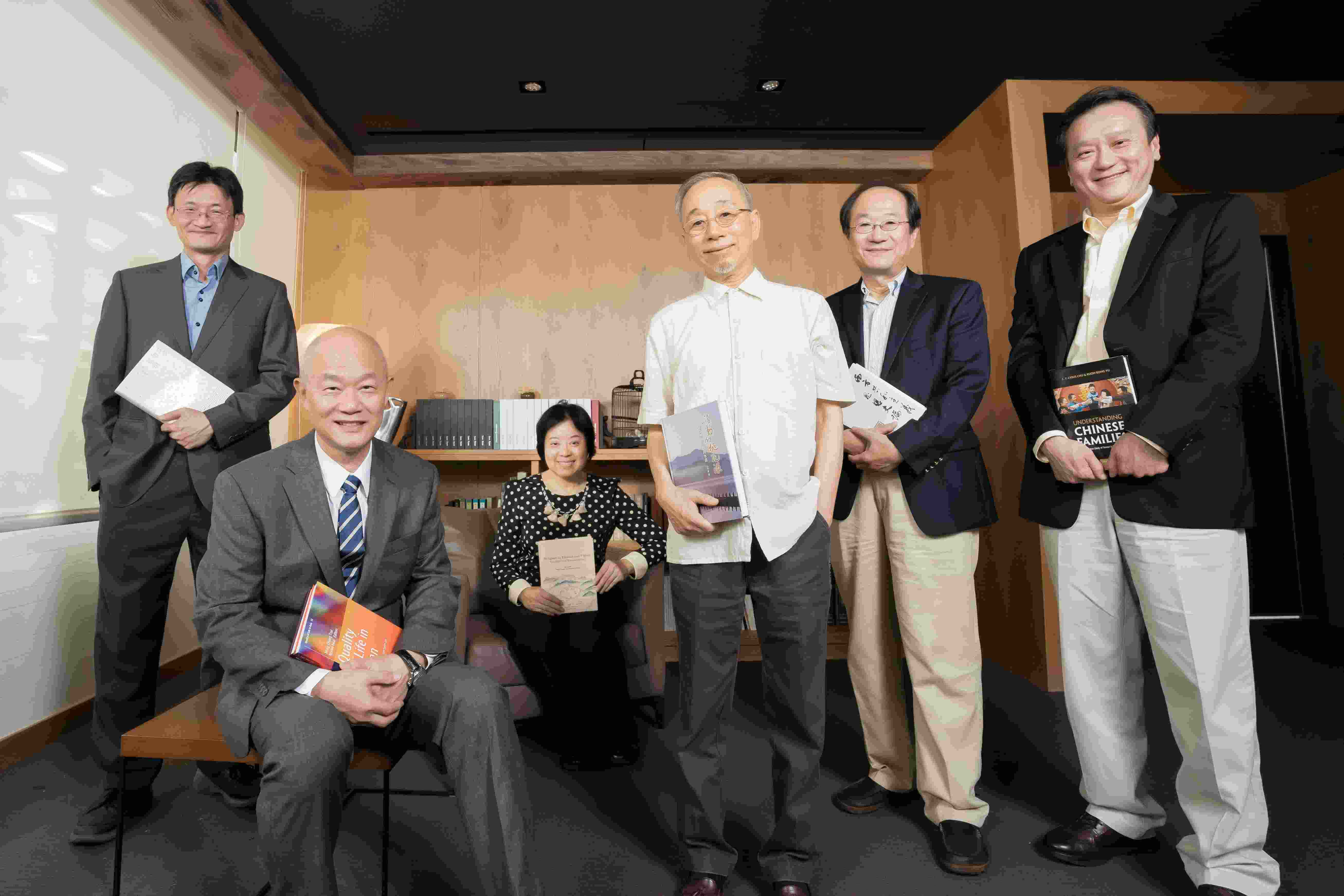- 演講或講座
- 生物醫學科學研究所
- 地點
生醫所地下室B1C演講廳
- 演講人姓名
楊凱傑 (TIGP-MM Student)
- 活動狀態
確定
- 活動網址
Cancer immunotherapy has emerged as a transformative approach in oncology, leveraging the immune system’s ability to recognize and eliminate tumor cells. Among the promising strategies is the activation of the cyclic GMP-AMP synthase-stimulator of interferon genes (cGAS-STING) pathway using STING agonists, which can initiate potent innate and adaptive immune responses against cancer. Despite the therapeutic potential, the clinical application of STING agonists faces substantial challenges, including tumor-specific resistance mechanisms, difficulties in effective delivery, systemic toxicity concerns, and the complex, context-dependent nature of STING-mediated Type I interferon signaling. In this thesis, we develop and evaluate a novel nanoshell delivery system that co-incorporates a lipophilic anthracycline chemotherapeutic agent, Daunorubicin, with a polar cyclic dinucleotide STING agonist, 2’3’-cGAMP, aiming to overcome existing barriers and enhance anticancer efficacy. The designed biocompatible nanoshell facilitates the simultaneous delivery of both agents, optimizing their physicochemical properties for stability and effective release. Through comprehensive in vitro and in vivo studies, including cytotoxicity assays, immune cell activation analyses, and murine tumor models, we assess this combinatorial approach's therapeutic efficacy and immunomodulatory effects.
Our results demonstrate that the combinatorial nanoshell effectively co-encapsulates and controls the release of Daunorubicin and 2’3’-cGAMP, leading to enhanced cancer cell death and increased activation of dendritic cells and T lymphocytes in vitro. In vivo, treatment with the nanoshell significantly suppresses tumor growth compared to monotherapy controls. Notably, there is a marked induction of TCF1+ stem-like memory CD8+ T-cells, a response not observed with single-agent treatments. Additionally, the nanoshell mitigates systemic reactogenicity commonly associated with STING agonists, indicating an improved safety profile. This research presents a novel platform that synergistically combines chemotherapy and immunotherapy, resulting in amplified antitumor immune responses and improved therapeutic outcomes. The findings underscore the potential of nanomedicine to address the challenges of drug delivery and immune activation in cancer therapy. By contextualizing immune activation through strategic delivery mechanisms, this work contributes to the advancement of next-generation cancer treatments and highlights the importance of integrating multidisciplinary approaches to overcome the complexities inherent in tumor immunology and therapeutic delivery systems.
Keywords: Contextual STING Activation, Nanoshell, Reactogenicity, Immunogenic Cell Death, TME Remodeling, Type I IFN-Mediated T-Cell Activation, Memory T-Cell
Taiwan International Graduate Program in Molecular Medicine,
National Yang-Ming University and Academia Sinica
Doctoral Dissertation









 首頁
首頁

